The Sri Lankan Navy dispatched ships to rescue a huge land mammal that found itself stranded 10 miles off the coast near the town of Kokkilai in Sri Lanka. The story swept the nation in 2017.
The animal they rescued certainly wasn’t one you’d typically expect to find out paddling in the ocean — and the 12-hour rescue mission was dibbed a “miraculous recovery”.
Asian Elephants Are one of the Largest Land Mammals
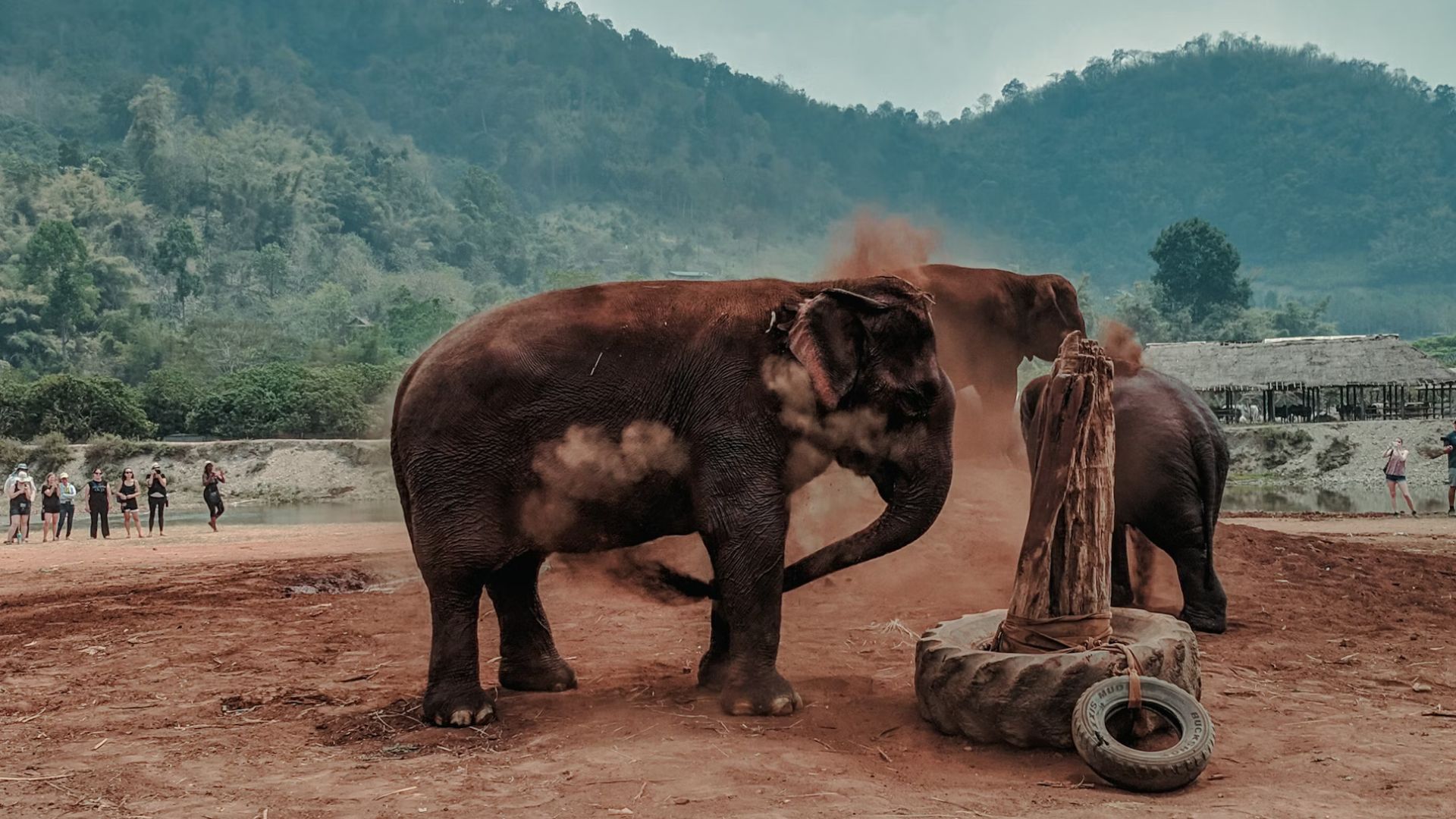
What’s extraordinary about this case is that Asian elephants are one of the largest land mammals known for their intelligence and how emotional they are.
Even though Asian elephants are sociable, the females are the most sociable and live in groups of around six or seven, whereas the males spend their time alone.
Asian Elephants Vary in Size
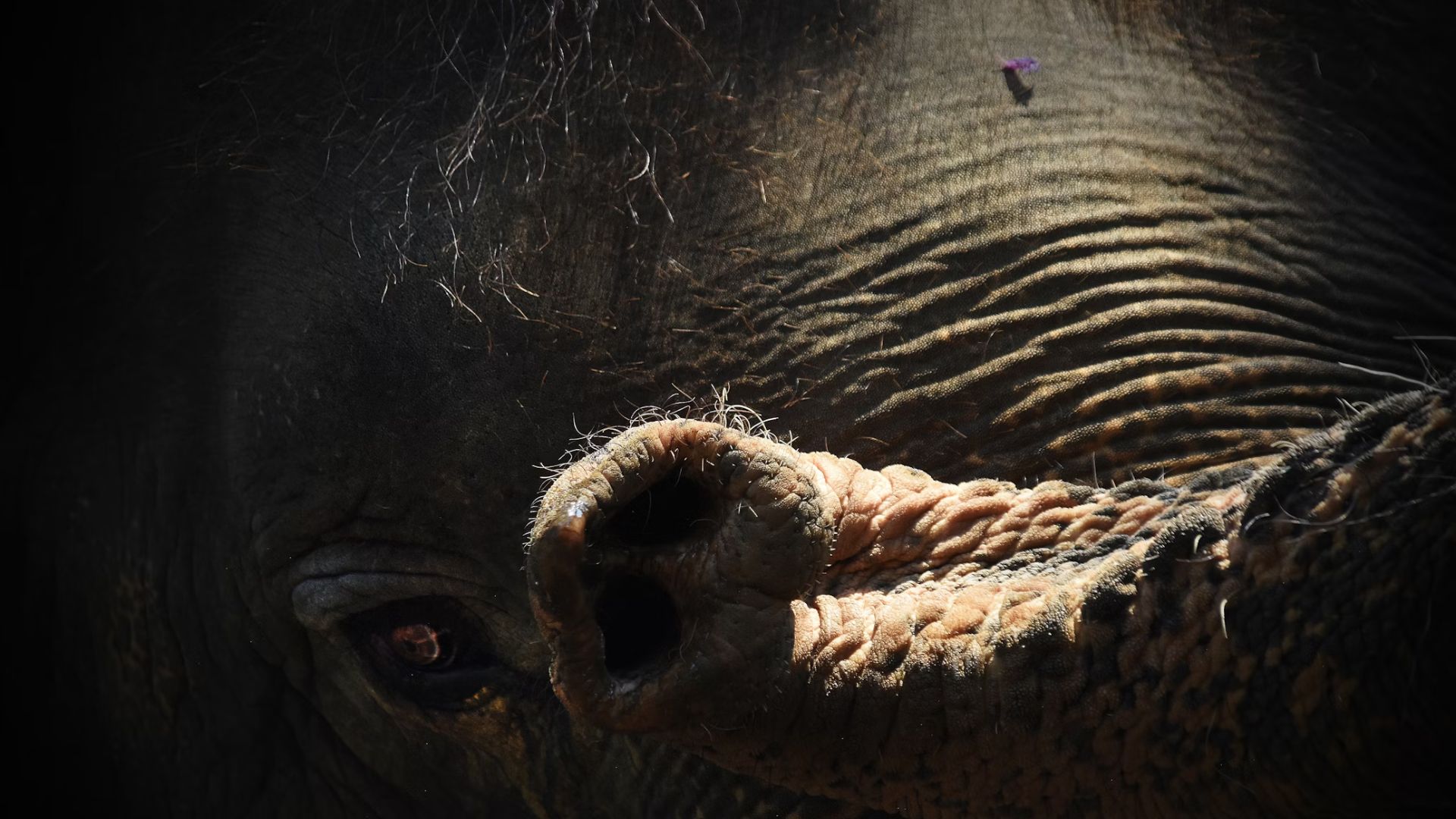
While most animal species tend to be roughly the same size, Asian elephants are different. They vary between being small, medium, and large.
The smallest elephants tend to be found on the island of Borneo, whereas the most giant Asian elephants can be found in Sri Lanka.
Asian Elephants vs African Elephants
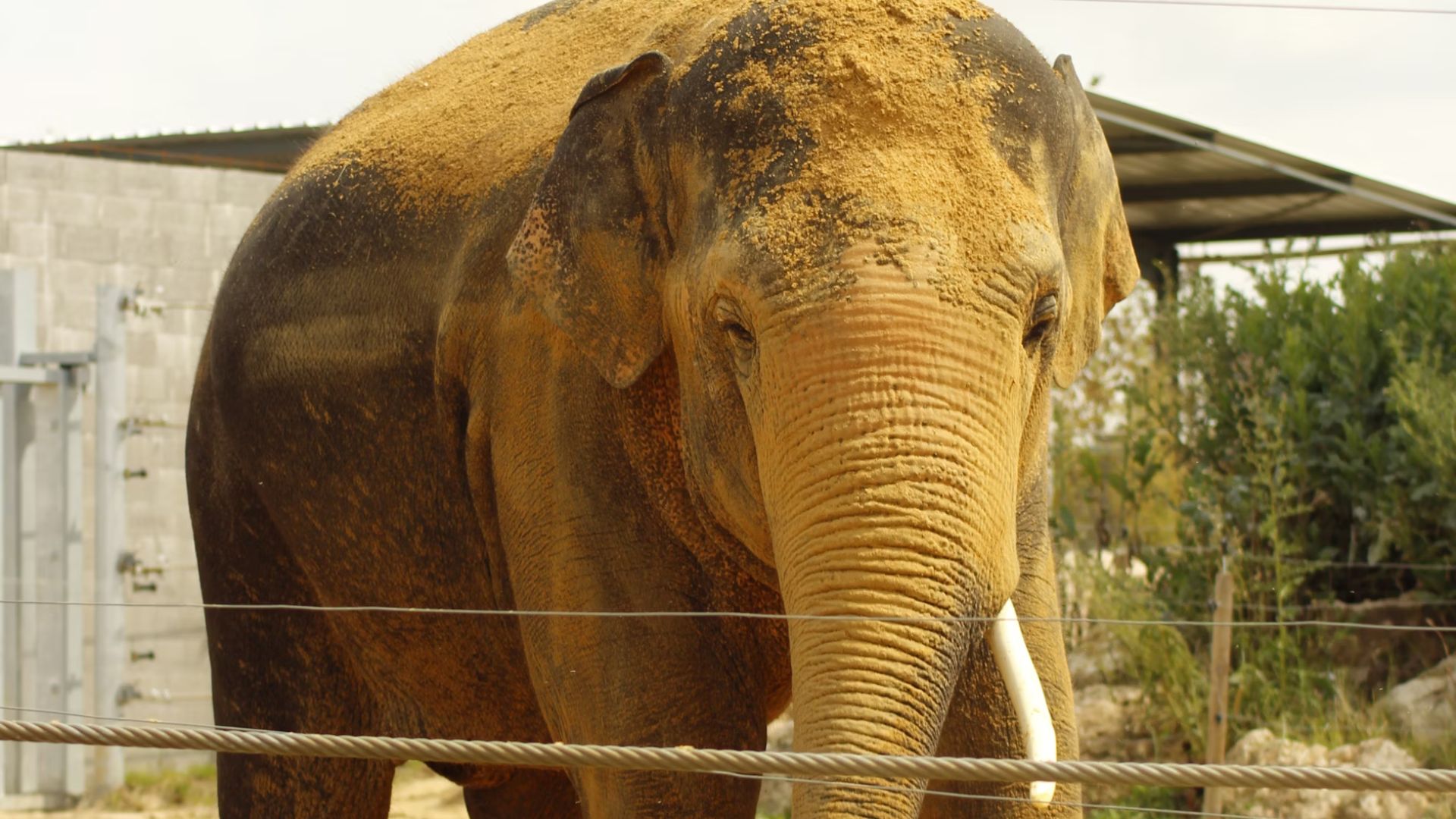
Most people see elephants of various varieties and assume they are the exact same. However, there are some critical differences between African and Asian elephants to look out for.
Asian elephants are smaller in stature than African elephants. They also have small and rounded ears and twin-domed heads, whereas African elephants have round heads.
Swept Out By the Currents
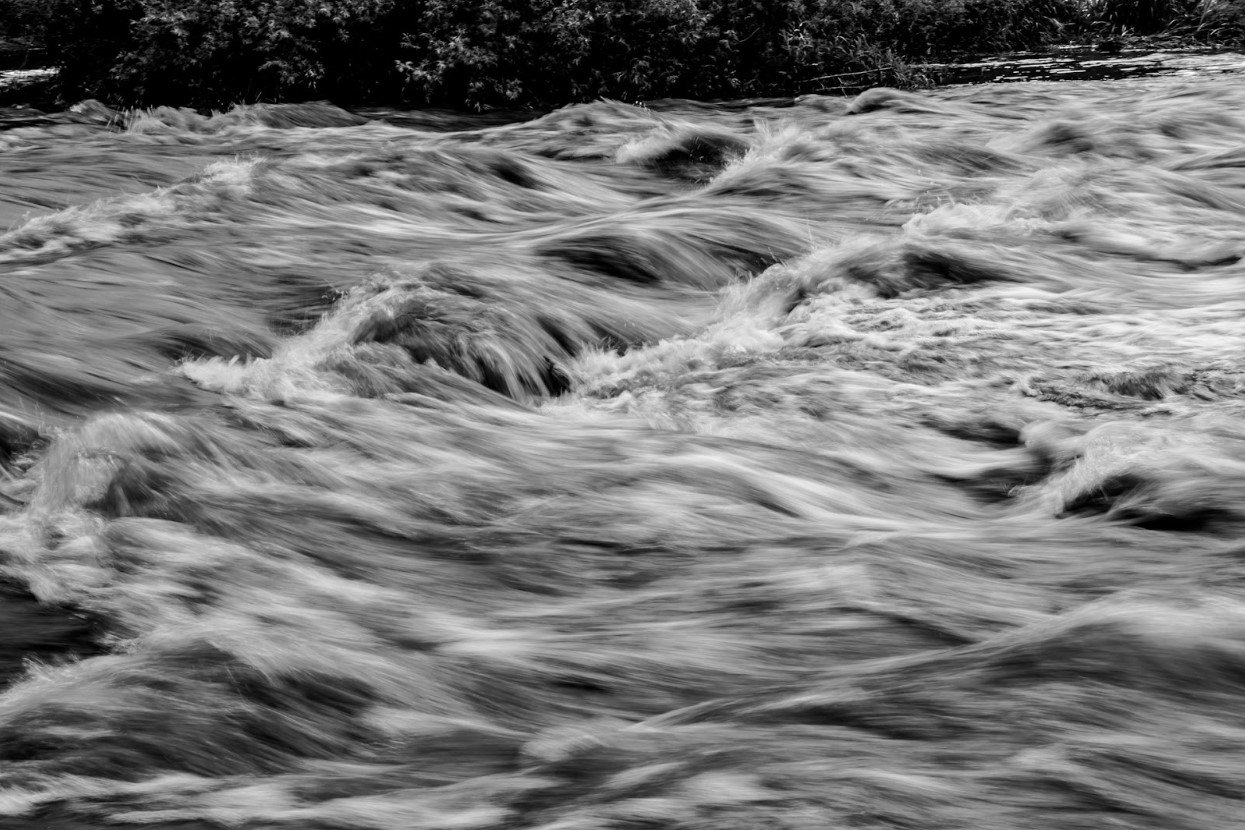
The Sri Lankan Navy confirmed that they successfully rescued an elephant from the ocean roughly 10 miles off the island’s northeast coast.
Navy personnel theorize that the animal was caught in a current off the coast near the town of Kokkilai and dragged out into the open ocean. Luckily, the elephant was spotted by a patrol boat.
A 12-Hour Rescue Effort
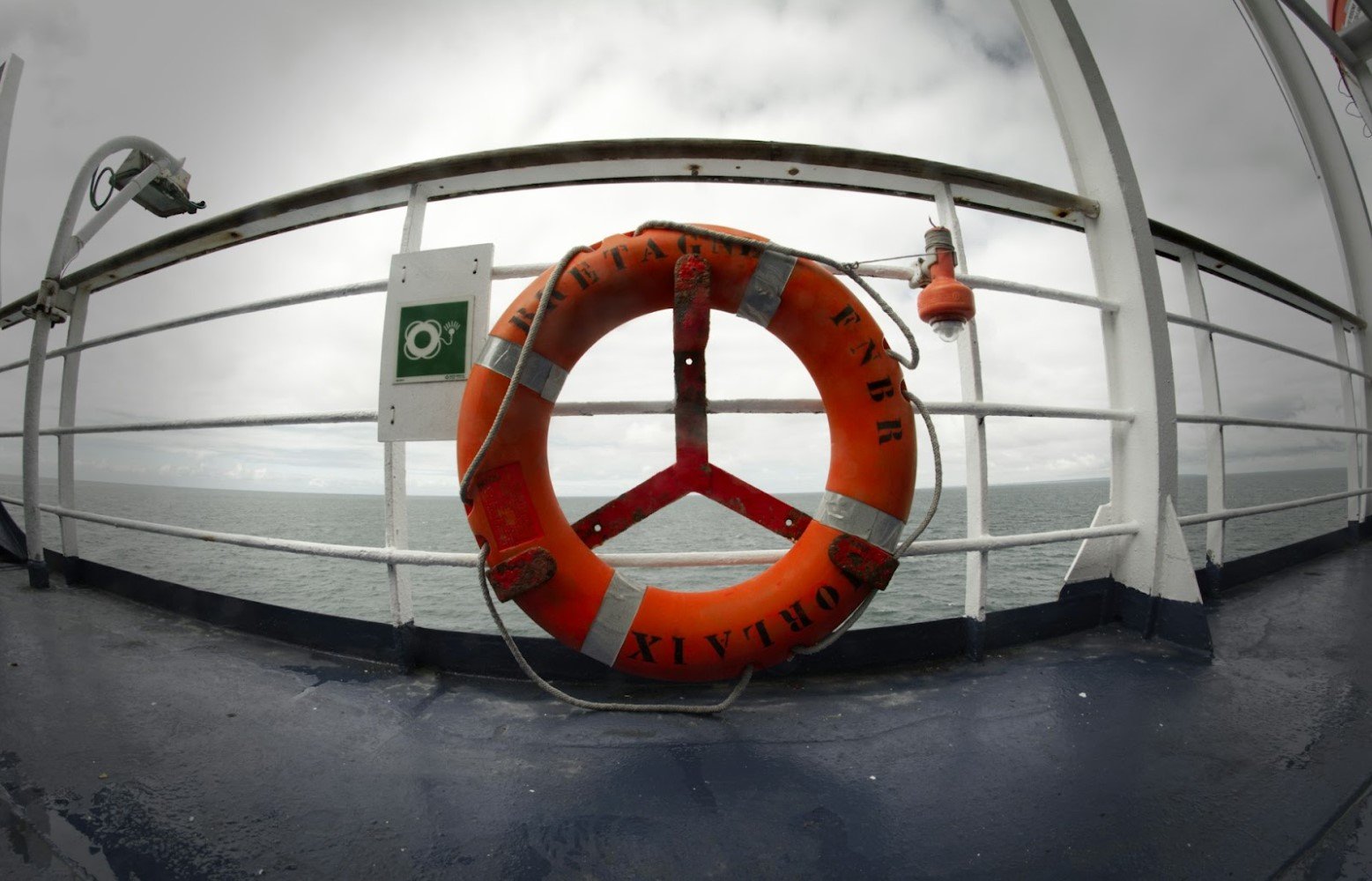
The Department of Wildlife dispatched officials to oversee the rescue effort, and another navy vessel was sent to support the aquatic operation.
The basic approach of the rescue was to drag the stranded animal back to shore. Far easier said than done, and safely executing the rescue was a 12-hour operation.
The Animal Was Led Back to Shallow Waters
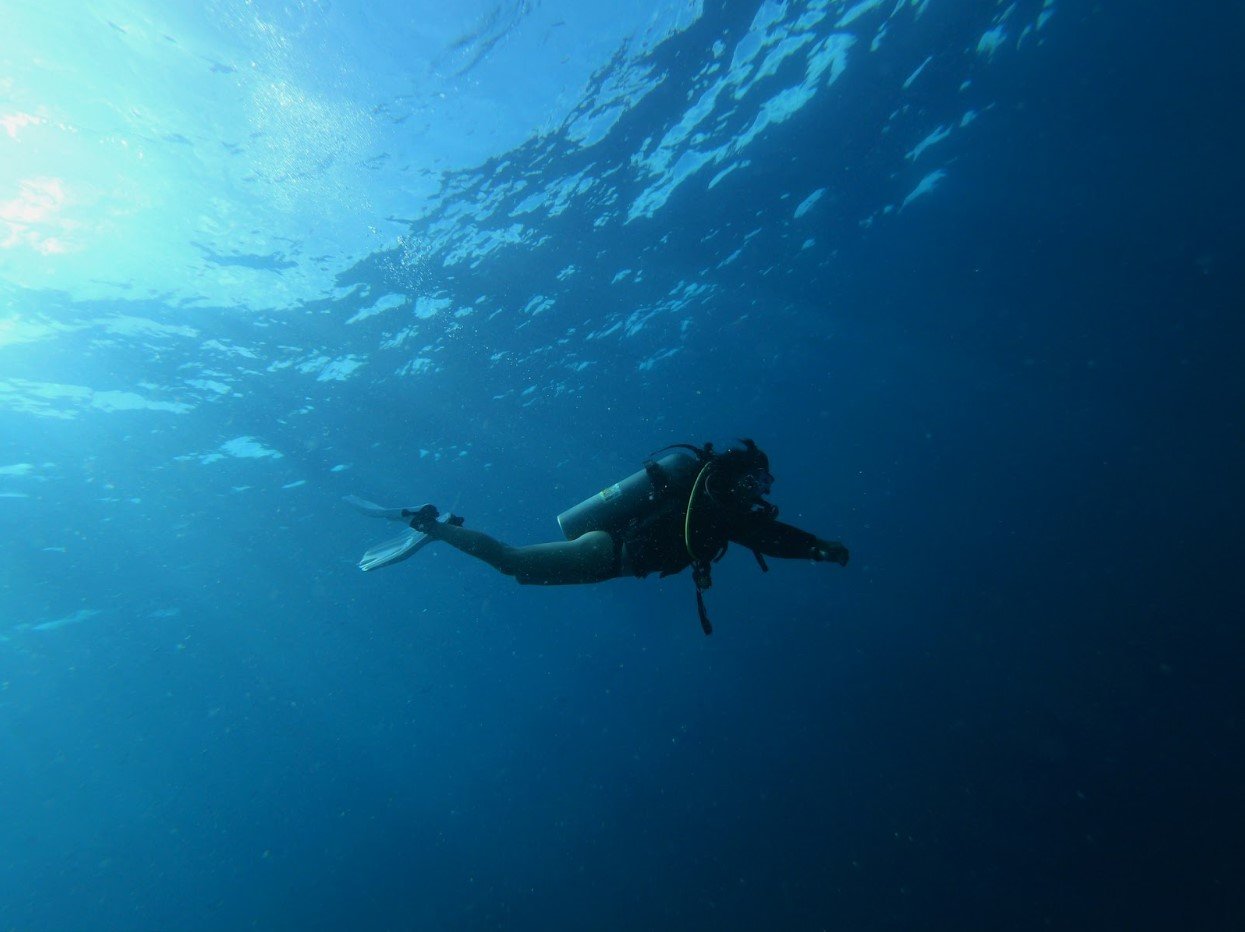
Divers, with the help of wildlife officials, began the rescue by approaching the understandably distressed elephant.
They tied ropes to the animal and began to carefully drag it back toward land. Once they had gently towed the elephant into shallow waters near the coast, they released it to go on its way.
Less Extraordinary Than You Might Think
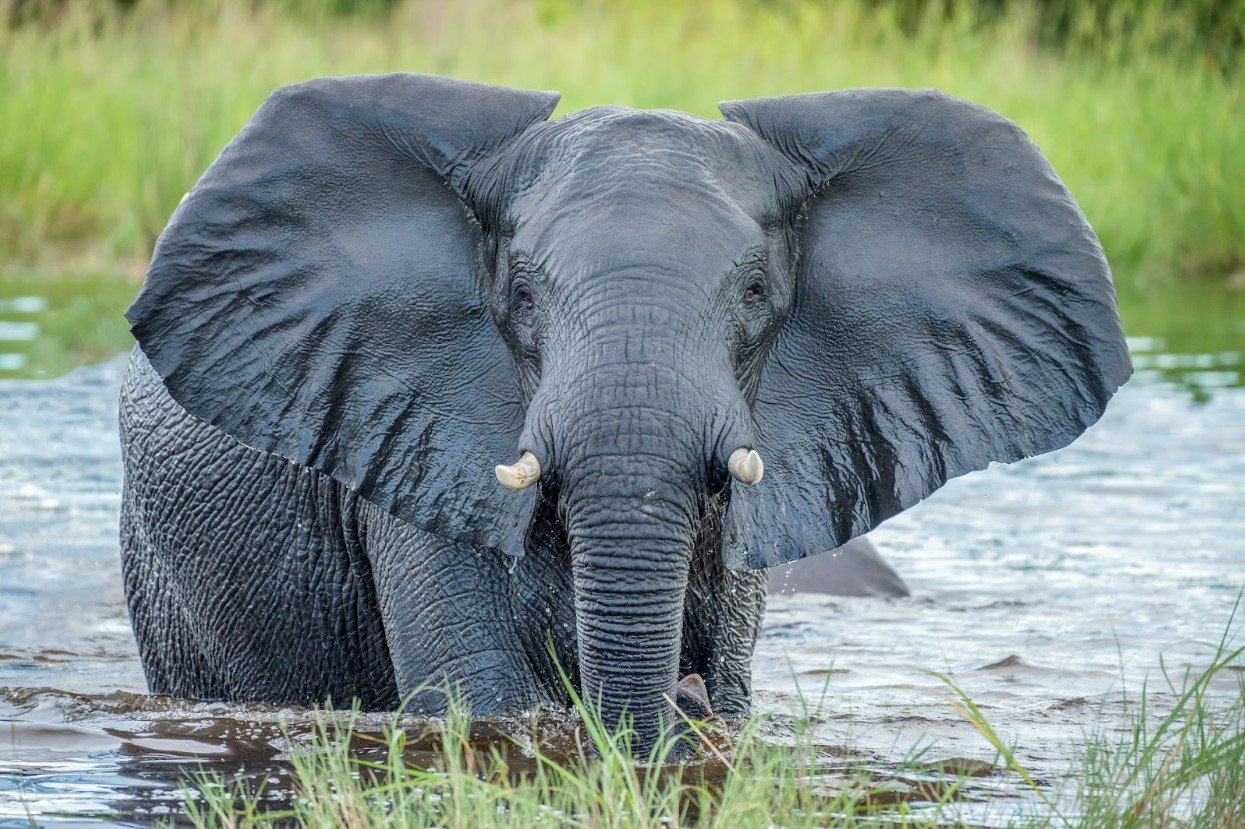
The idea of an elephant being 10 miles out in the middle of the ocean is in fact a tad less unusual than you might think.
According to Avinash Krishan of the conservation group A Rocha, elephants are excellent swimmers. Swimming 10 miles or so from the shore isn’t that unusual for them.
Intervention Was Still Needed Though

Krishan adds that the navy’s rescue effort was probably still necessary as the large animals can’t keep swimming for long due to how much energy they burn.
Salt water also isn’t particularly good for their skin. So despite elephants frequently swimming offshore, a rescue intervention was probably needed in this case.
Asian Elephants Have Thin Skin
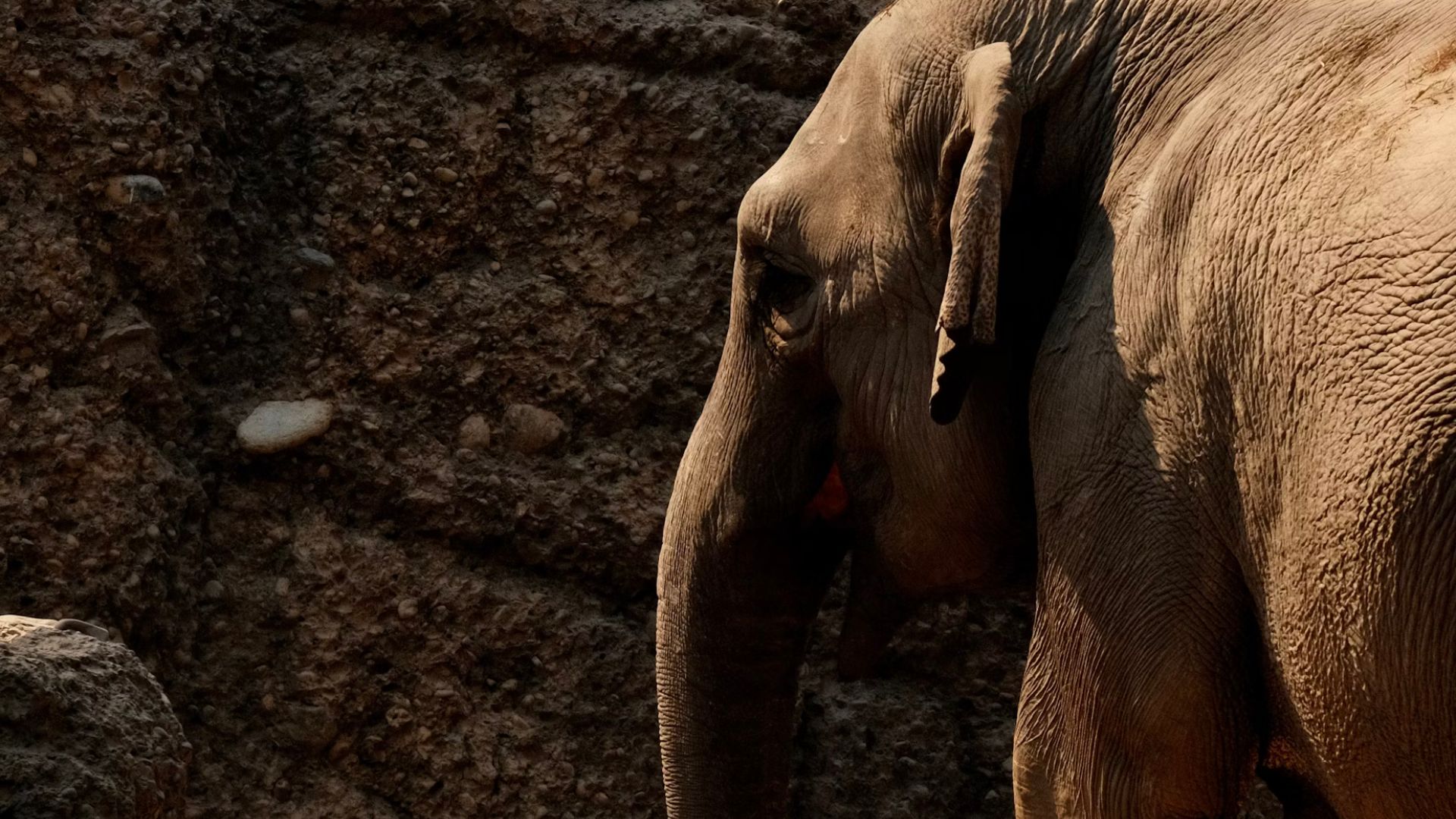
Asian elephant’s skin varies in thickness. Some parts are as thin as paper, whereas others are up to 1 inch thick. Regardless of this, the skin is really sensitive, no matter the thickness of the area.
It is sensitive because they have a lot of nerves covering their skin, so the feeling of salt water on the stranded elephant was bound to mess with its sensitive nerve supply.
Asian Elephants Are Endangered

The danger was that Asian elephants are a highly endangered species. Their populations have declined by 50% in the last three generations.
At the beginning of the 20th century, around 100,000 Asian elephants existed. However, their numbers are now at just 50,000, so losing one more elephant would mean they are declining even more.
Asian Elephant Conservation Efforts
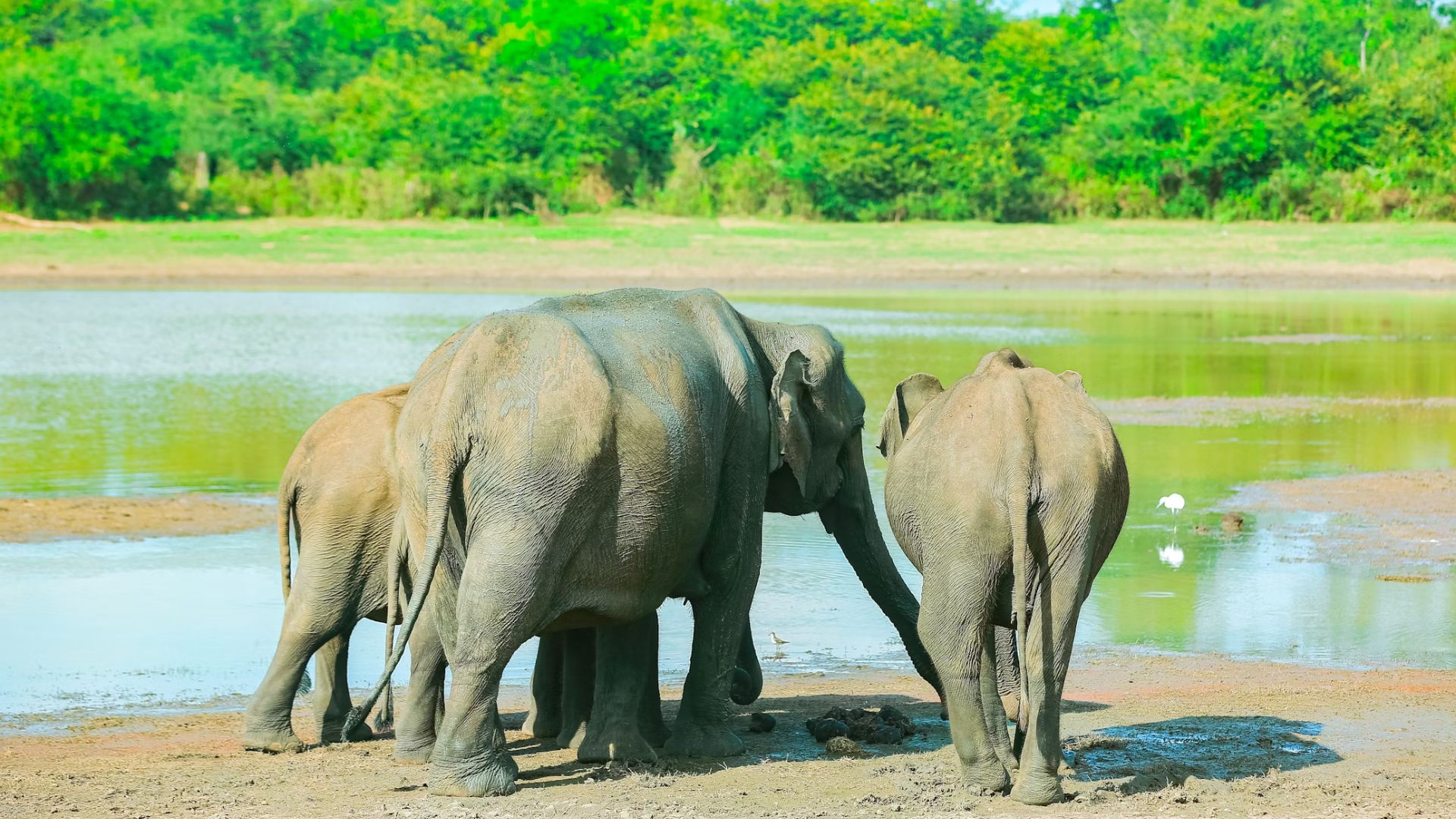
Conservation efforts are ongoing throughout Asia to help protect and increase the number of Asian elephants.
Most of this work is being done in Thailand, Nepal, and China to reduce conflict between humans and wildlife and to try to ensure a peaceful coexistence between the two.
Asian Elephants and the Environment
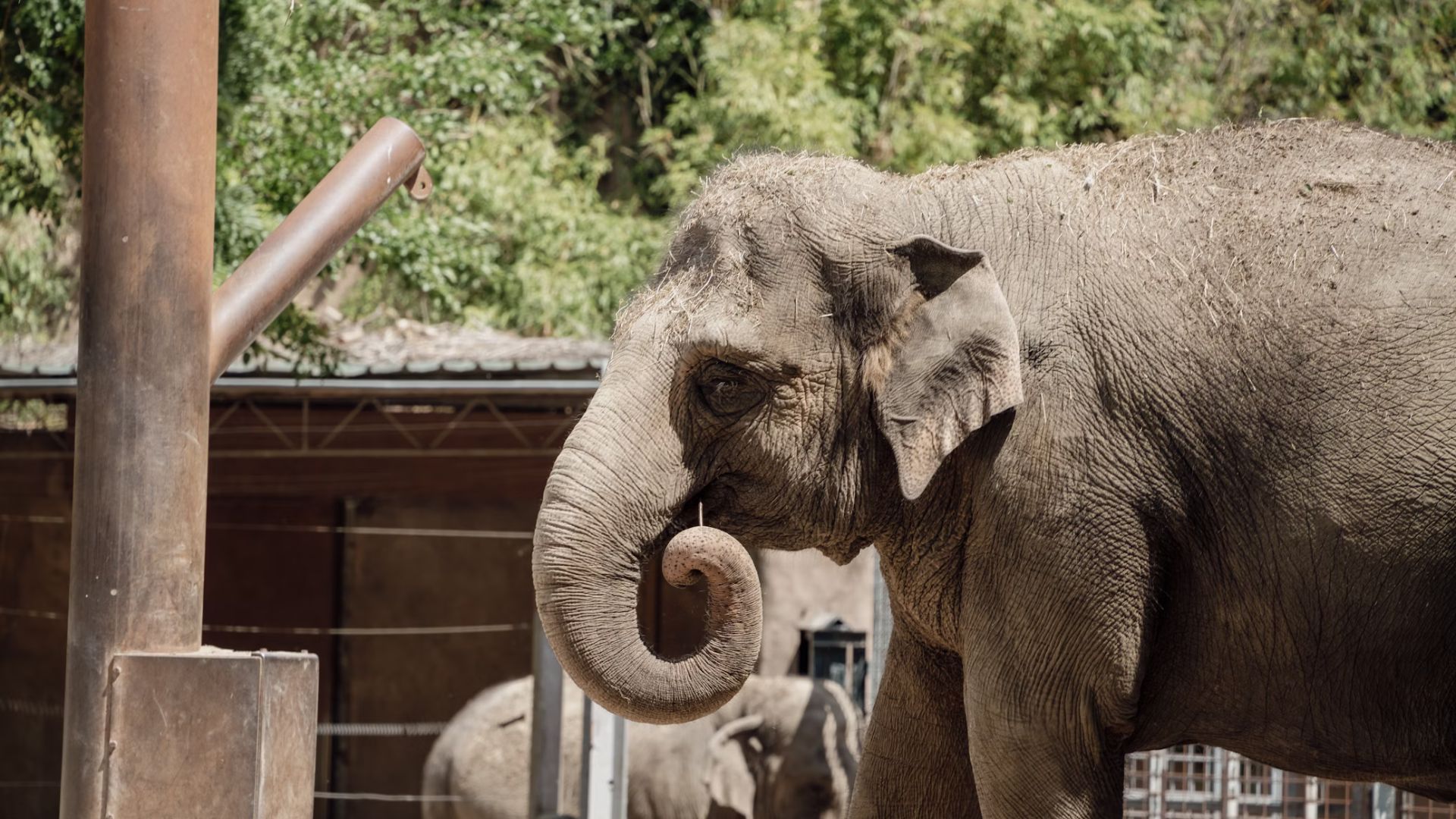
Conservation efforts are also crucial because Asian elephants are vital to the environment. Part of this reason is because they are good grazers and browsers.
As they eat through the vegetation, they spread seeds as they go, which leads to vegetation growth.
Creating Gaps in the Forest
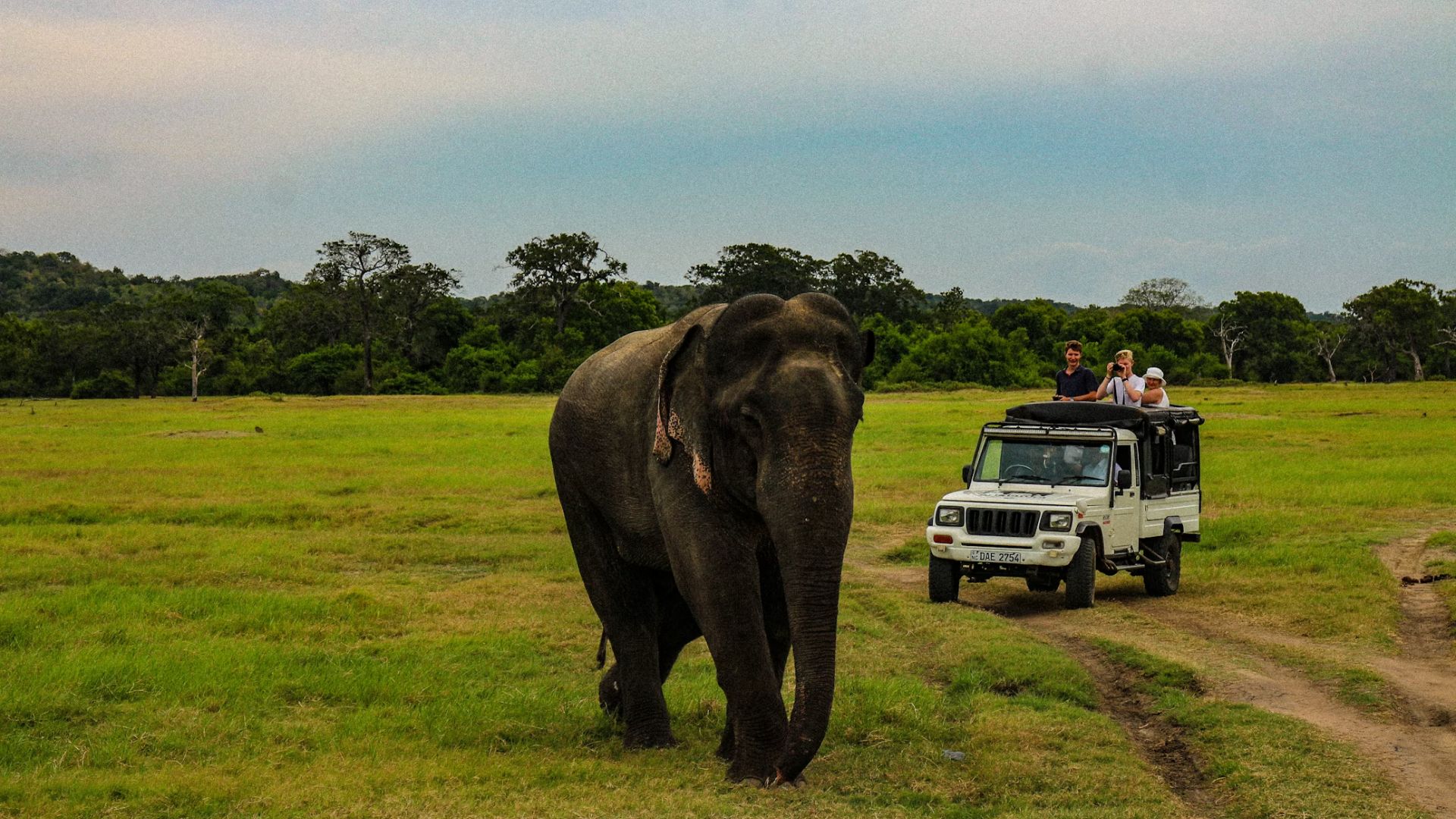
As they walk through the forest, the elephants create gaps in the vegetation. This enables more sunlight to shine on the seeds, helping them grow.
As forests are essential to wildlife and humans and help fight against climate change, this is a crucial part of the natural order of life, meaning their conservation is essential.
Increase in Wildfires

An increase in wildfires is detrimental to the Earth, especially the wildlife that lives there. This is a worry for Asian elephants that live in forests, as they could be subject to it.
In California alone, wildfires have burned five times the amount of land this year compared to the average amount it would have done at the same time in other years. While Asian elephants aren’t native to California, similar issues are happening worldwide.
Island Hopping Elephants

It isn’t uncommon for Asian elephants to swim short distances to travel between different land masses, though they typically prefer freshwater swims.
Elephants have been known to swim in salt water too. A group of elephants was famously brought to the Admaman Islands, an Indian archipelago, in the 1970s and learned to swim between the small landforms to help log the islands.
How This Elephant Ended Up Offshore
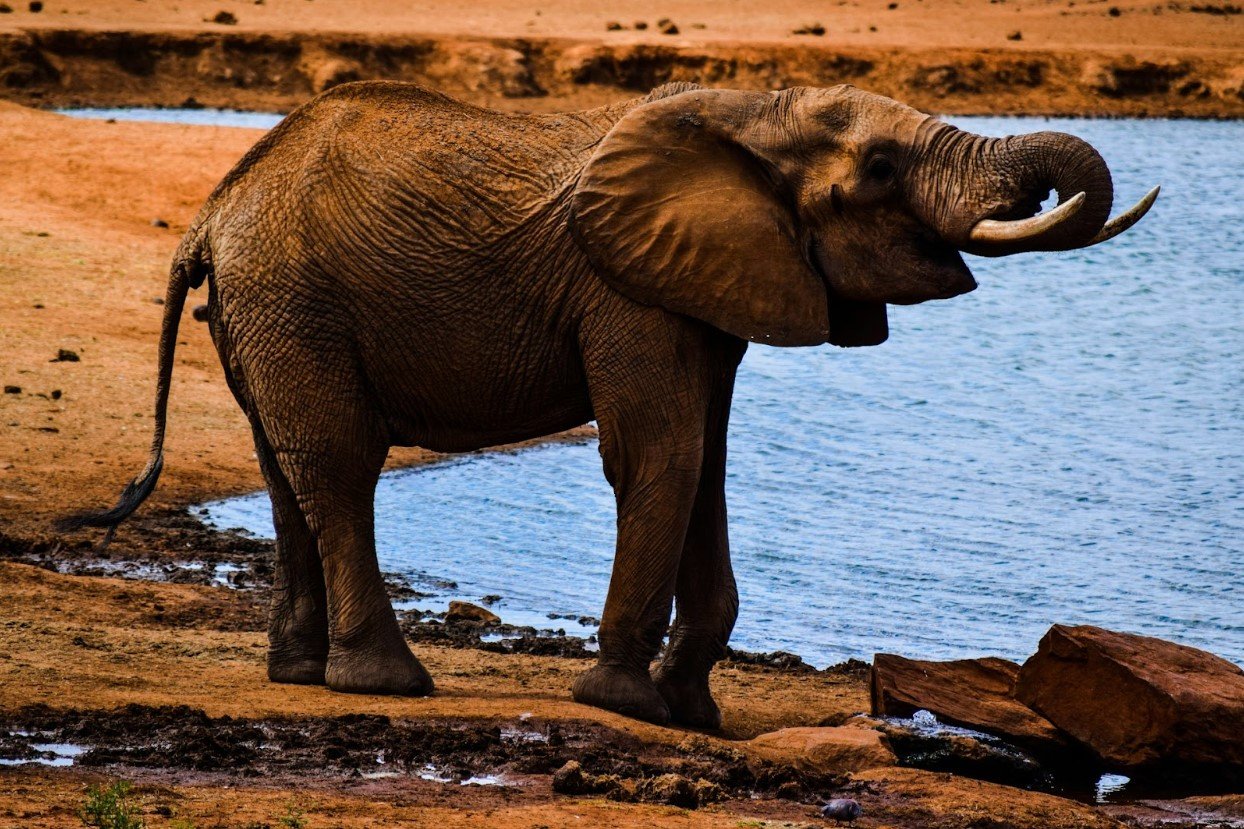
This particular elephant was likely attempting to get to a particular part of jungle before it fell into peril. The navy believe it was probably attempting to cross the Kokkilai lagoon, a stretch of water between two patches of jungle.
Elephants often wade through shallow waters or even swim across the lagoon as a shortcut. That’s likely what this one was doing before being swept out to sea.
Surprisingly Well Suited to Water
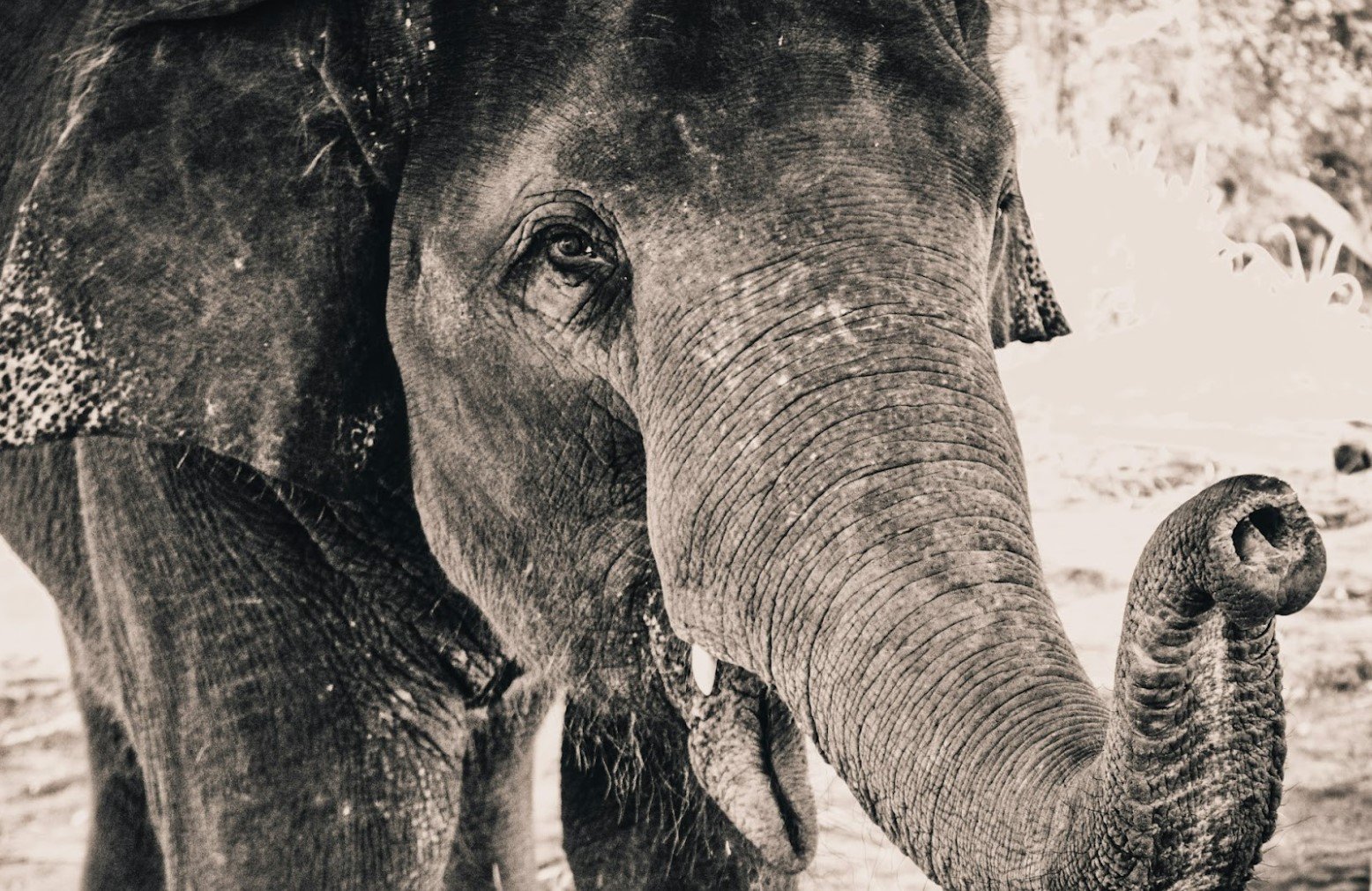
Elephants are surprisingly well suited to water, as the divers discovered as they approached the stricken animal and saw it trying to keep its trunk above the water.
Elephants use their trunks as a sort of natural snorkel. They also have a lung structure that’s unique among mammals and enables them to withstand pressure variations above and below the water.
Asian Elephants Have Strong Survival Skills
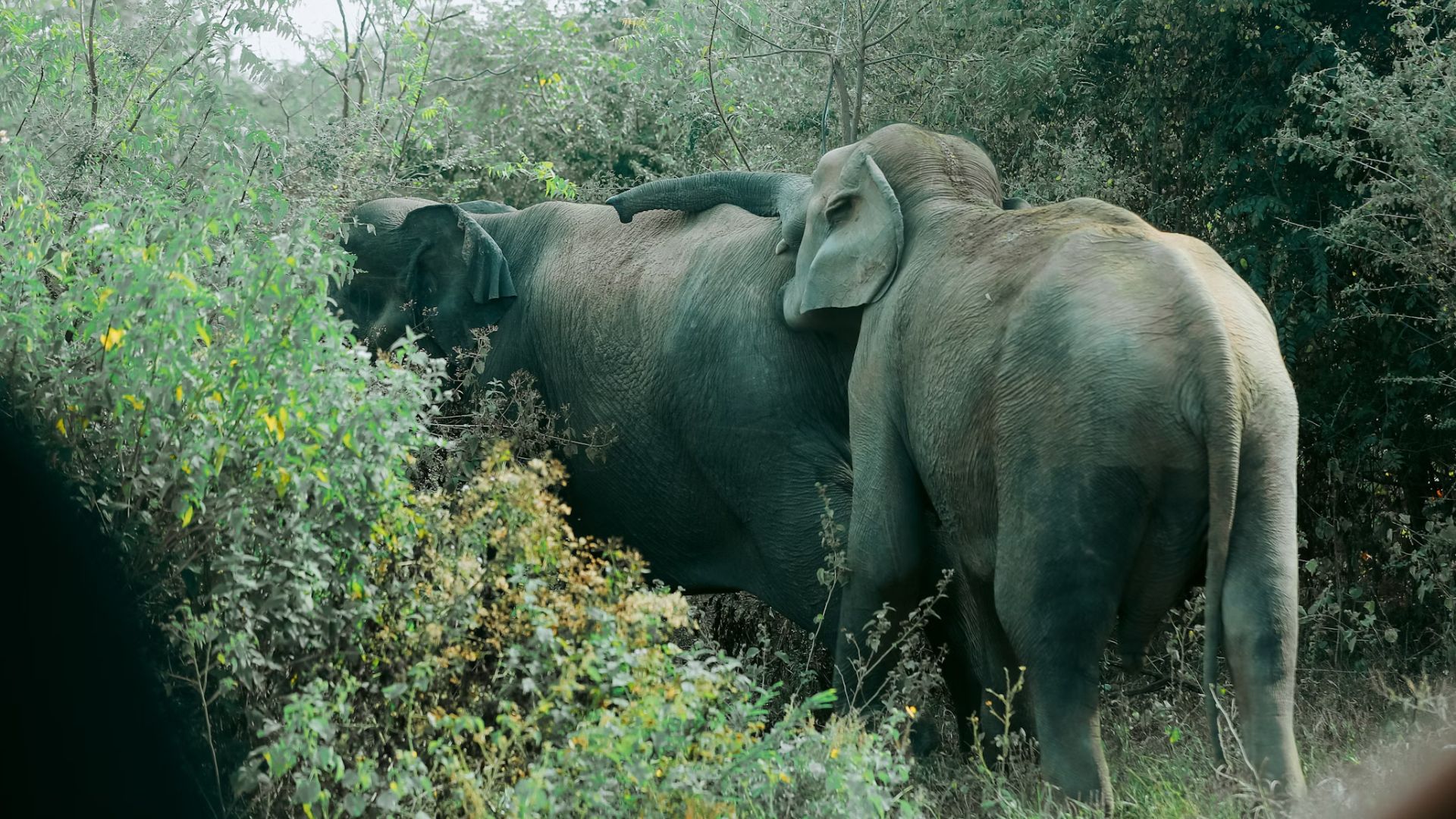
Asian elephants have strong survival skills, partly because the areas they live in require them to survive in the wild.
Their skeletal structure, coordinated muscles, and neurological systems enhance their survival skills, such as their ability to stand on their rear legs to climb up and down steep slopes.
Close Relatives of Water Mammals
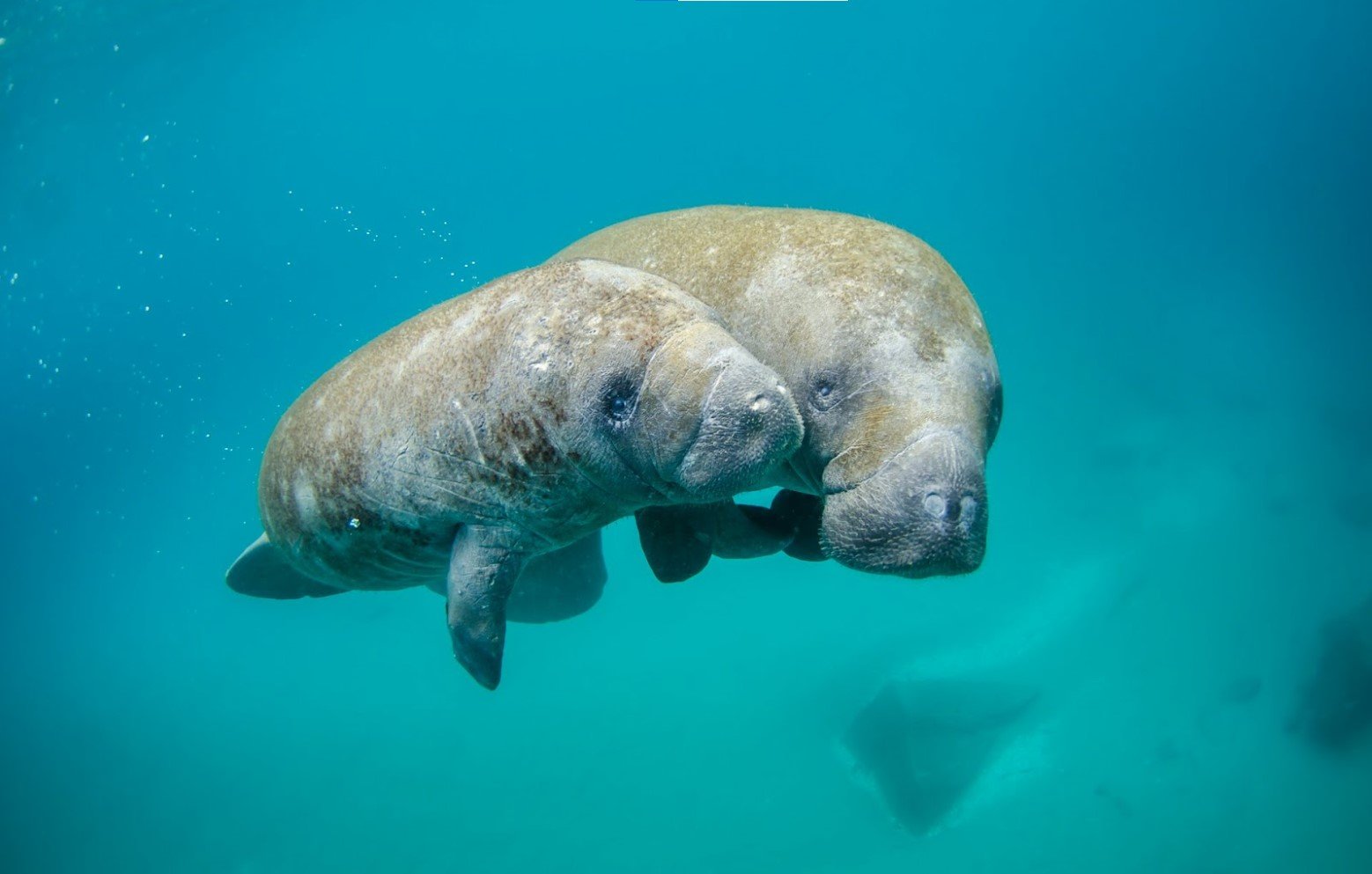
This aquatic aptitude starts to make more sense if we look at the genetics and evolutionary lineage of elephants.
Genetically speaking, elephants are close relatives of dugongs and manatees. These species themselves are closely related and are both large, fully aquatic mammals. Both dugongs and manatees are in fact believed to be descendants of land mammals.
How Elephants Reached Sri Lanka in the First Place

Sri Lanka is an island country, and it has long been wondered how elephants came to populate it. Some theorize that they migrated there from the Indian mainland at a time when there were still land connections between India and Sri Lanka.
Other biologists believe elephants may have swum to Sri Lanka from southern India. This would in fact have seen them take a similar route to the stranded animal the navy rescued.
Asian Elephant Natural Habitat
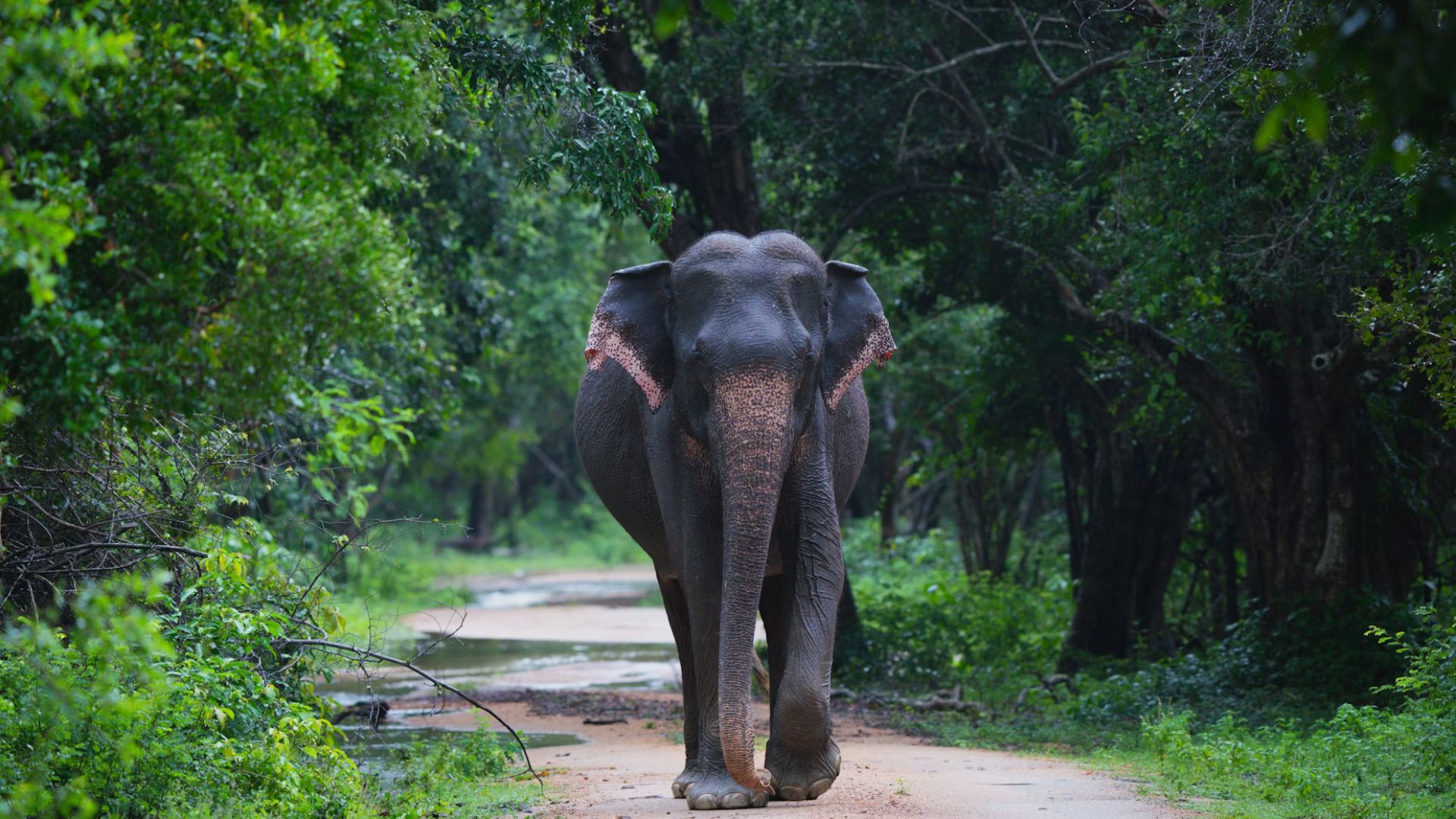
The natural habitats of Asian elephants are dry to wet forestland and grassland, which is how the elephant can go through the water so easily.
This type of elephant tends to prefer forage plants, but it has been surviving off of any plant or other available resources.
Going in Search of Water
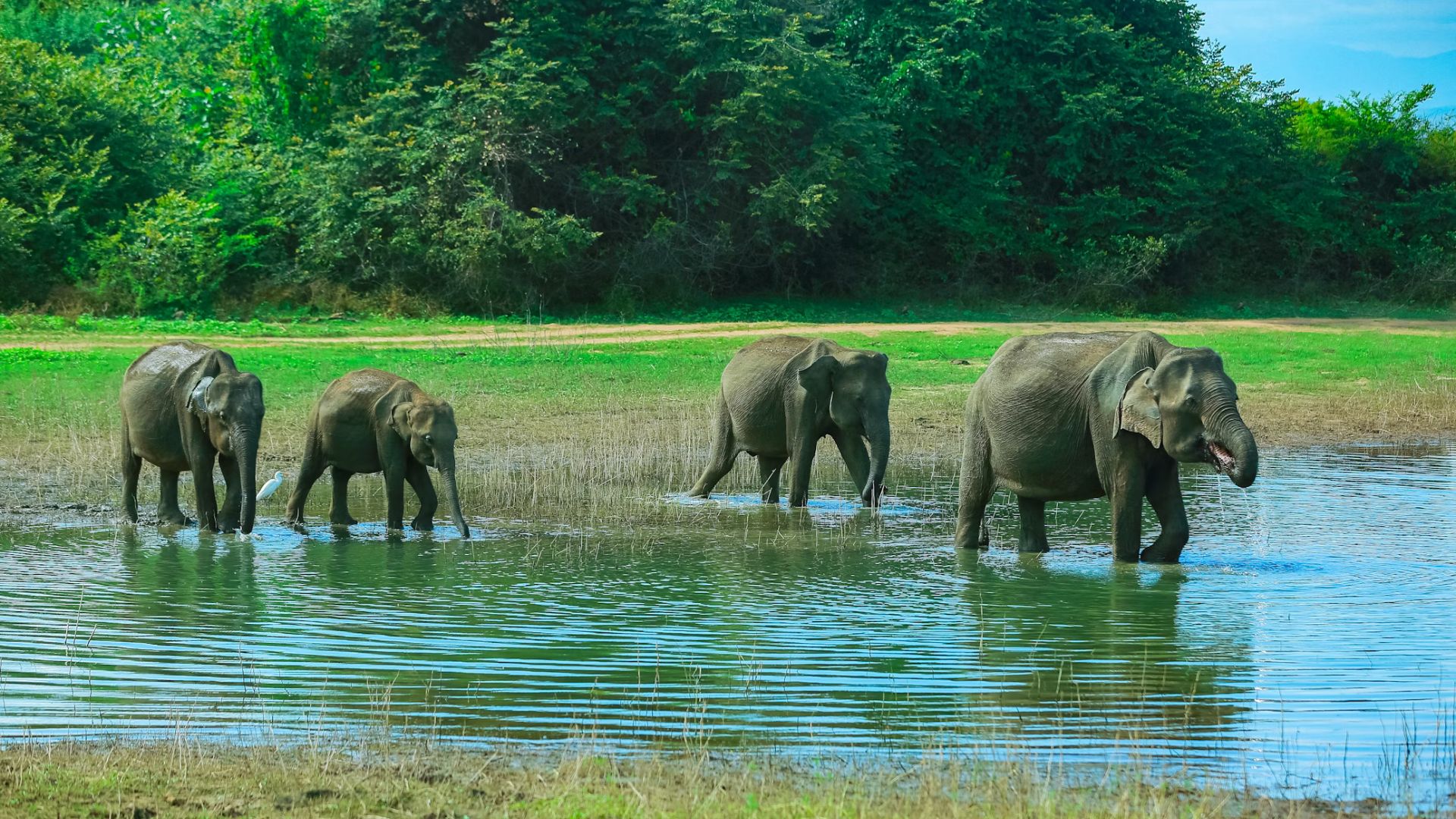
Asian elephants need water at least once a day, so they are always close to some type of water source. If not, they search for it.
This could be one reason the elephant ended up deep in the water. It could have gone in to have a drink but ended up going too far or doing this while trying to cross over to the other side.
Amazing Elephant Rescue
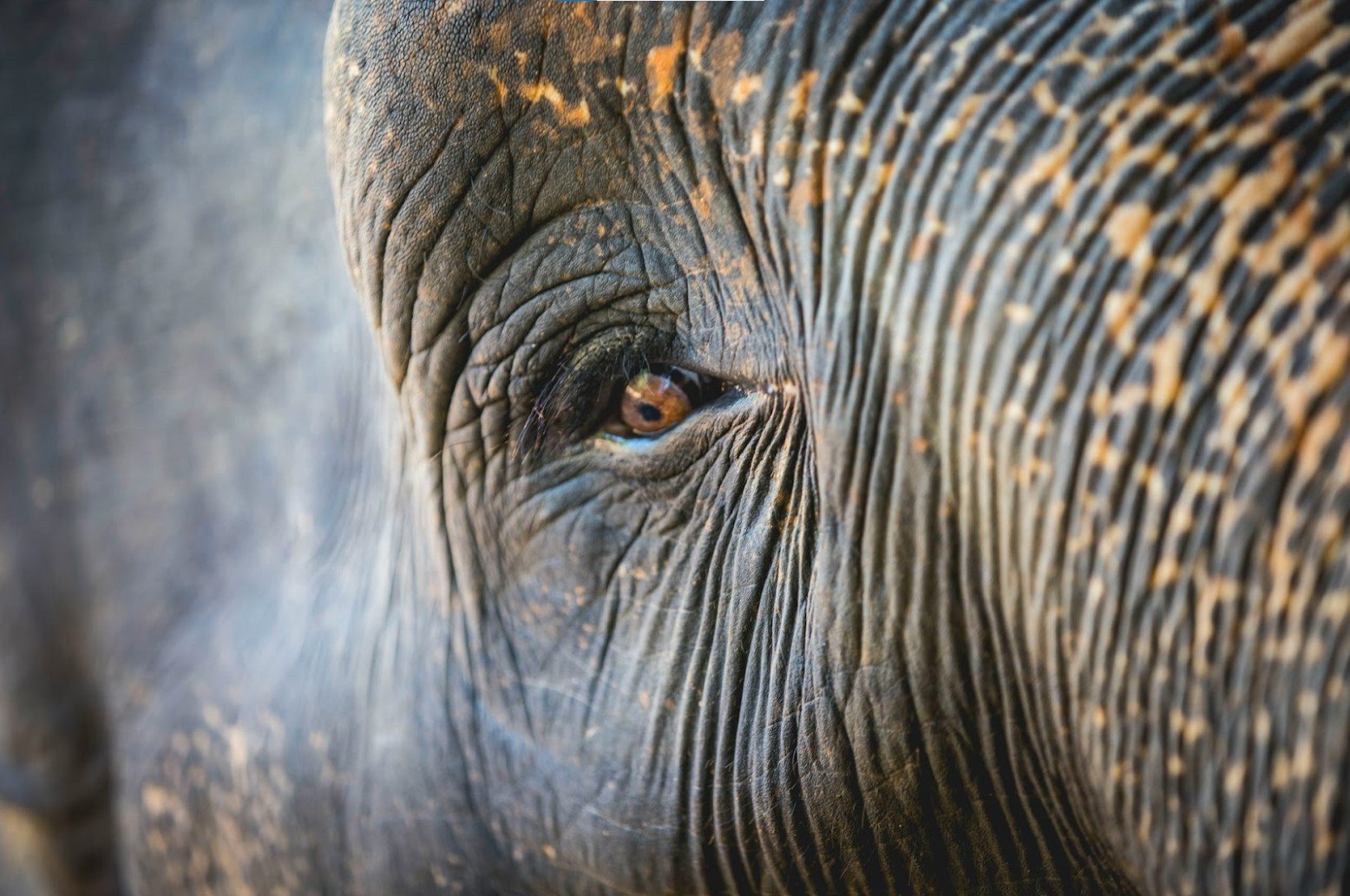
The idea of an elephant paddling around 10 miles out into the ocean is pretty extraordinary at first glance, as is the thought of a navy-mounted rescue mission.
But perhaps more bizarre is the fact that to local experts, it wasn’t that out of the ordinary. The idea of elephants being regular swimmers makes sense when you consider their biology and how they came to populate island habitats. However, you still don’t think of them as being quite so at home in the open sea.
